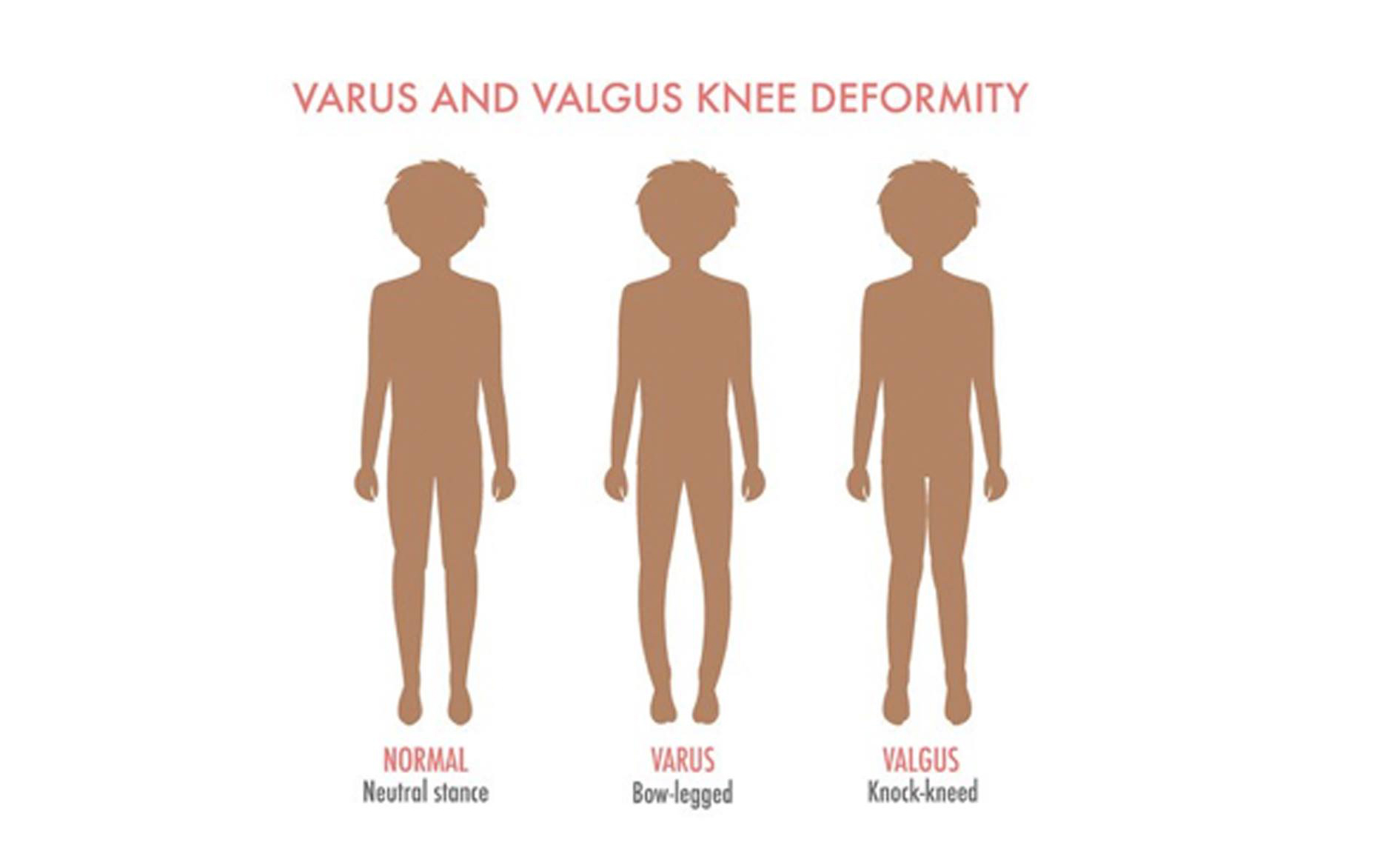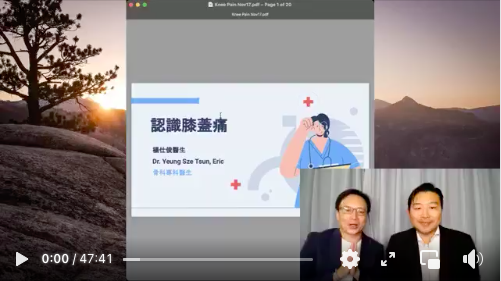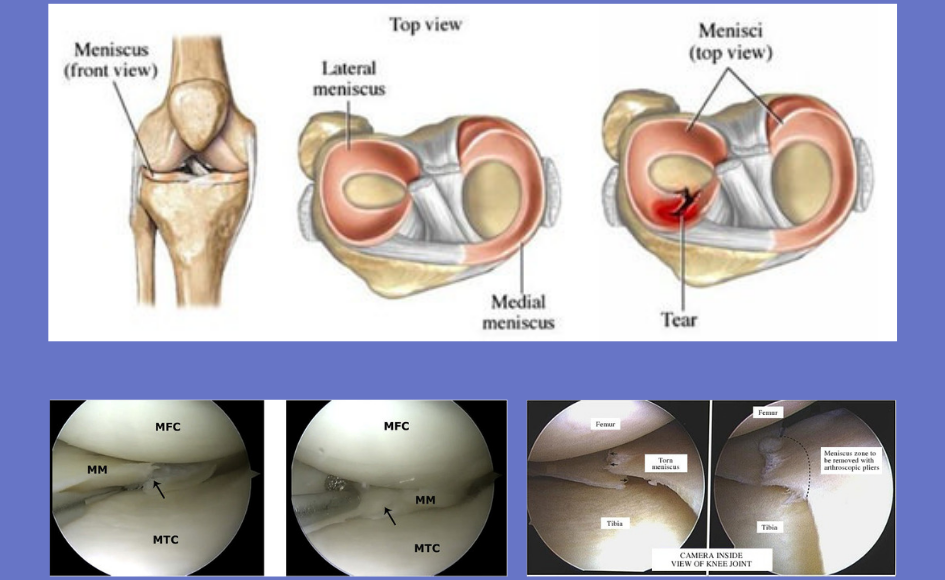
Do O-Shaped Legs in Children Need to be Corrected?
In medical terms, O-shaped legs are called bowlegs, genu varum, or varus knee. The condition is quite common, especially in children below the age of 2. Many claims are being made about the use of physical therapy without surgical intervention to correct this condition. Is this true, or is it merely a false claim? Read on to find out.
1. The term “bowlegs” is used to describe a condition where a person’s knees are much wide apart than normal while their ankles stay together. The space between the knees gives them the illusion of a bow or an “O” shape, which gives rise to the term.
2. Most infants are born with similar looking legs because of their cramped position in the womb and would straighten out to the normal alignment within the next 12 to 18 months. Thus, most would not require treatment. However, when the condition persists after the age of 2, then you should consider investigating for an abnormal cause.
3. Diseases such as Paget’s disease, rickets, and Blount’s disease, may cause O-shaped legs but other factors such as abnormally developed bones, lead, or fluoride poisoning and poorly healed bone fractures are also risk factors in the development of bowlegs.
4. In extreme cases or where an underlying issue is discovered, treatment for bowlegs may range from braces and casts to special shoes and surgery to correct any bone abnormalities.
5. Partial epiphysiodesis is one of the surgical procedures which can be used to correct the deformity in the appropriate age, by restricting the growth of one side of the growth plate during the development, to achieve a more balanced alignment before releasing the restriction. In the very severe cases, tibial osteotomy (cutting and re-aligning the shin bone) may be necessary.
Yes, O-shaped legs can indeed be corrected by several means. It is simply a matter of reporting the issue to your doctor when the symptoms are first discovered in order to get a proper diagnosis.
#oShapedLegs #BowLegs #Genuvarum #LegDeformity #Rickets #orthopedics #BoneDoctor








